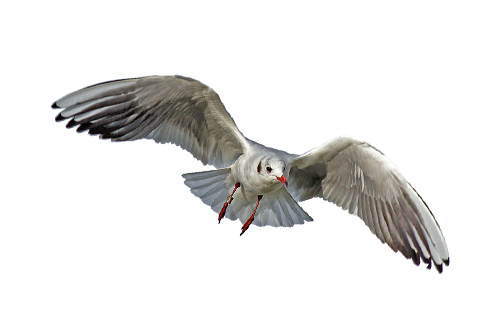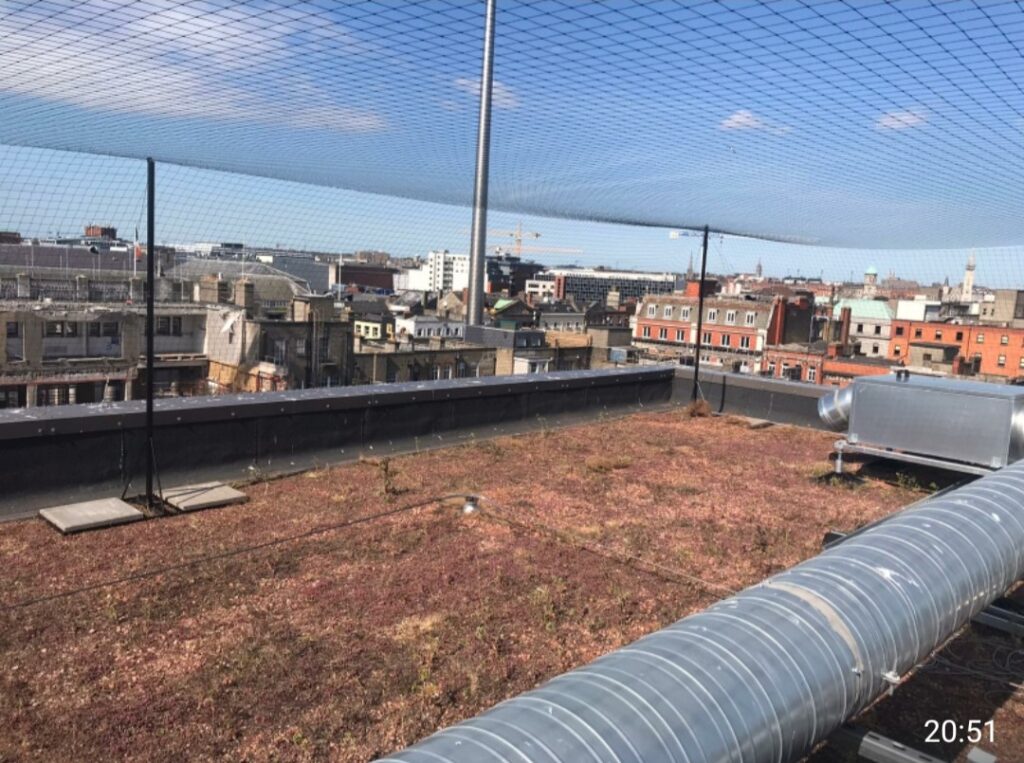
Seagull Control (commercial only)
Seagulls, also known as gulls, are medium to large-sized seabirds that belong to the Laridae family. They are commonly found in coastal areas around the world and are known for their opportunistic feeding habits and distinctive calls. Seagulls have white or light gray plumage, webbed feet, and strong wings that allow them to soar and glide effortlessly.
Understanding the causes of seagull presence and effective methods for managing them is important for creating a seagull-free environment. Let’s go further into these features.
What are Seagulls?
Seagulls are a group of seabirds that are well-adapted to coastal environments. They come in various species, with the herring gull and the ring-billed gull being among the most common. Seagulls have a versatile diet and are known to scavenge and feed on fish, insects, small mammals, and even garbage.
What Causes Seagulls?
Several factors can attract seagulls to certain areas:
Food availability: Seagulls are opportunistic feeders and are attracted to places where food sources are abundant. They often congregate near fishing harbors, waterfront restaurants, and areas with exposed garbage or discarded food.
Nesting opportunities: Seagulls seek out safe and elevated locations to build their nests. Rooftops, chimneys, ledges, and cliffs provide suitable nesting sites for seagulls.
Water access: Seagulls require access to bodies of water for drinking and bathing. Coastal areas with easy access to the sea, rivers, or lakes are attractive to seagulls.
How to Get Rid of Seagulls?
Managing seagulls can be challenging, but implementing a combination of deterrent techniques can help reduce their presence. Here are key steps to consider:
Limit food sources: Minimize food availability by securely covering garbage cans, cleaning up food spills promptly, and avoiding feeding seagulls intentionally.
Modify the landscape: Make your property less attractive to seagulls by removing potential nesting sites such as high ledges or flat rooftops. Installing deterrents like spikes or netting can also prevent seagulls from roosting.
Use visual deterrents: Seagulls can be scared away by visual stimuli that they perceive as threats. Options include using reflective objects, like shiny tape or mirrors, as well as motion-activated devices that emit sudden movements or loud sounds.
Employ noise deterrents: Seagulls can be deterred by loud noises or predator calls. Playing recordings of seagull distress calls or natural predator sounds can discourage them from lingering in specific areas.
Seek professional help: If seagull populations become overwhelming or persistent, it may be necessary to consult with wildlife control professionals who specialize in managing bird populations.
What Keeps Seagulls Away?
Preventing seagulls from returning to your property requires ongoing efforts. Here are additional measures to help keep seagulls away:
Implement physical barriers: Install deterrents such as bird netting or wire mesh to block access to roosting and nesting areas. Ensure the barriers are properly installed and cover the targeted areas effectively.
Create a hostile environment: Seagulls prefer open spaces with easy access to food. By making your property less welcoming, they are more likely to seek alternative locations. Secure loose items, remove potential food sources, and minimize open areas.
Scare tactics: Seagulls can be frightened away by using scare tactics like scarecrows, kites with predator-shaped designs, or inflatable decoys resembling natural predators.
Foster natural predators: Encouraging the presence of natural predators of seagulls, such as raptors or large birds of prey, can help deter seagulls from frequenting an area. However, this approach should be carefully considered and implemented with the guidance of local wildlife experts.
For more information about Cockroaches Pest Control in Dublin, please contact us!
FAQ?
1.Do seagulls transmit diseases?
Seagulls can carry bacteria and parasites that may be harmful to humans. It is important to avoid direct contact with seagull droppings and to maintain good hygiene practices when cleaning up any areas they frequent.
2. Are seagulls protected by law?
The legal protection of seagulls varies by country and region. In some areas, seagulls are protected by wildlife conservation laws, while in others, they may be considered pests and their control may be permitted.
3. How long do seagulls live?
The average lifespan of seagulls varies depending on the species and environmental conditions. Most seagulls live between 10 to 15 years, although some can live longer.
4. Can seagulls fly long distances?
Seagulls are skilled flyers and can cover long distances during migration. Some seagull species are known to travel thousands of miles each year.
5. Are seagulls noisy?
Seagulls are known for their distinctive calls, which can be loud and frequent, especially during their breeding season. Their calls serve various purposes, including communication, territorial defense, and courtship.
By understanding the behavior of seagulls, addressing the causes of their presence, and implementing effective deterrent measures, you can reduce seagull populations and discourage them from frequenting your property. It is important to use humane methods and consider local regulations when managing seagull populations.




